Hirsholm is the most recent of 36 Danish islands to become completely depopulated over the past century. Its last resident, 82-year-old Jørgen Nielsen, passed away in 2024 after living alone on the island for ten years following the death of his wife. A friend and I were fortunate enough to visit back in August 2021, while Jørgen still brought life to the small settlement. I remember it as a magical journey to one of Denmark’s most remote and least-visited islands, where we were met with a rare sense of peace. The visit came after a three-day biking adventure around the much larger neighbouring island of Læsø, and was an ideal end to our island-hopping trip.
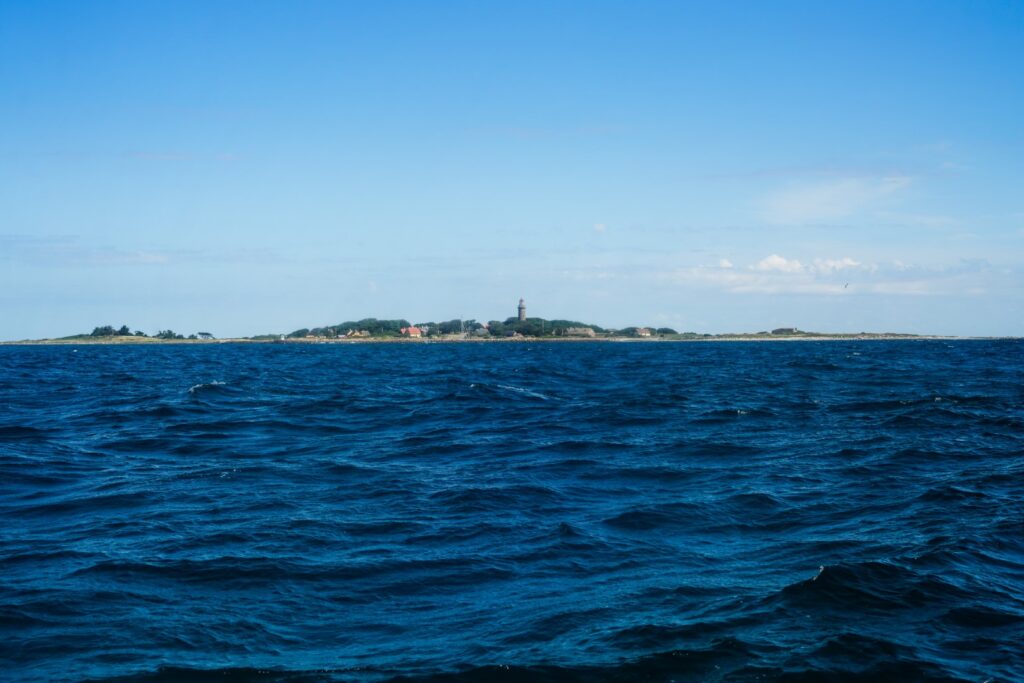

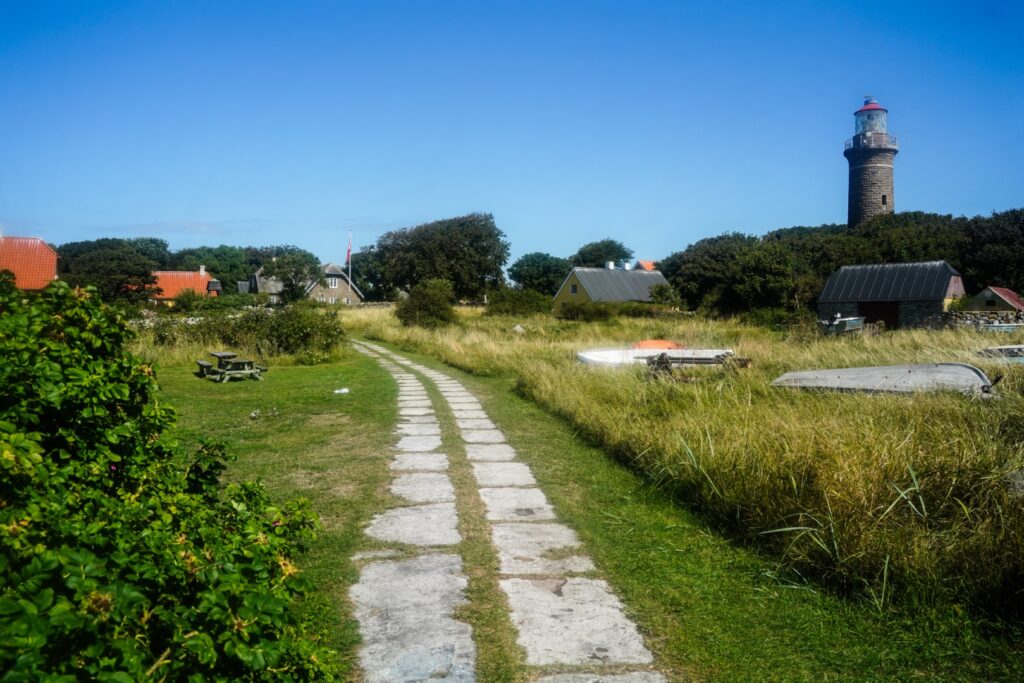
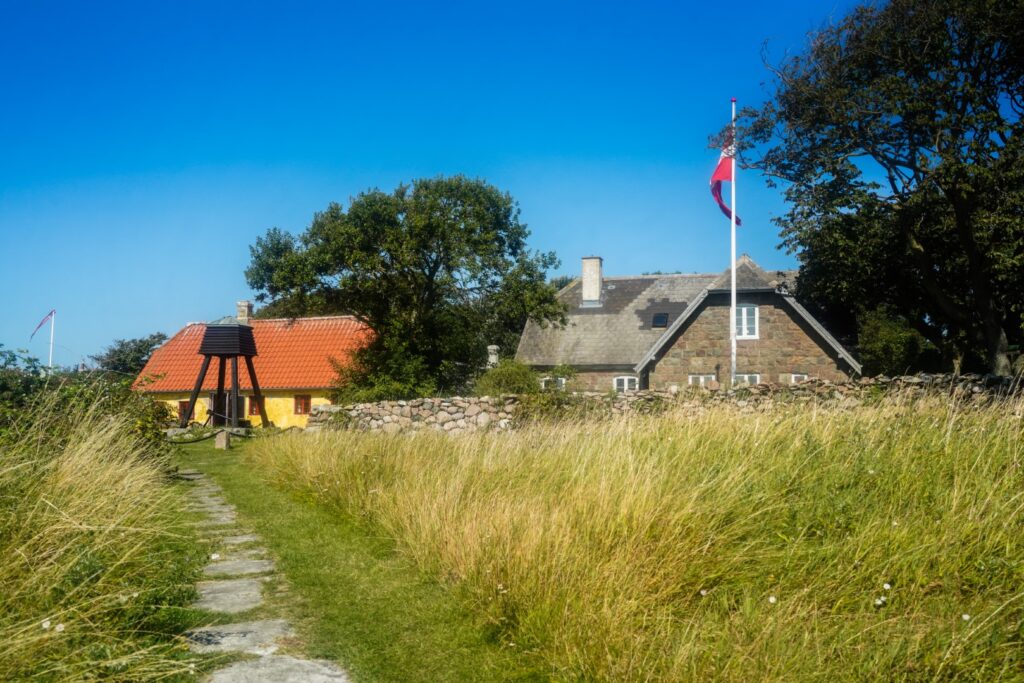
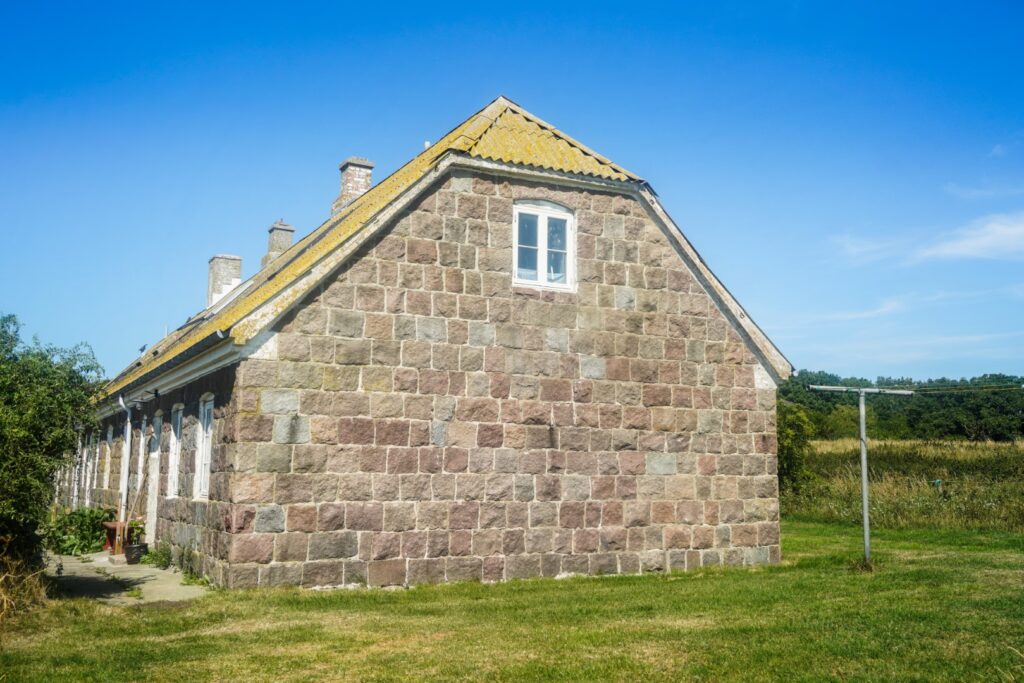
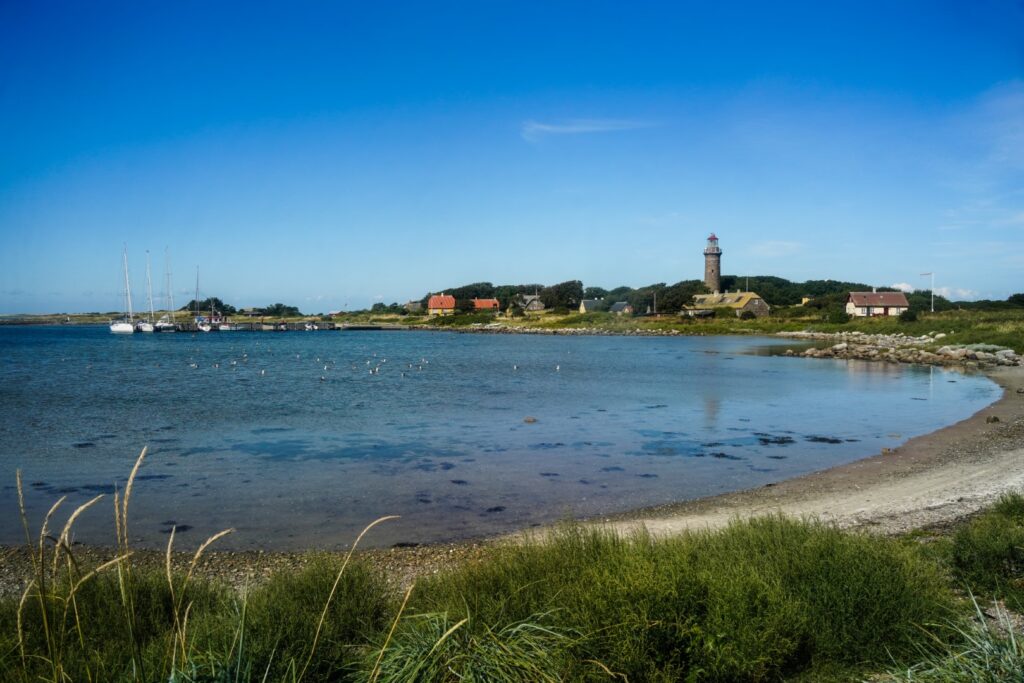
Hirsholm is the main island in the Hirsholmene archipelago, a cluster of ten small islands in the Kattegat Sea. Located about seven kilometres northeast of Frederikshavn in northern Jutland, they are the northernmost islands in Denmark. Until recently, Hirsholm was the only inhabited island in the group. Now, all ten are abandoned, save for a handful of summer houses. The island’s settlement dates back to the 16th century, and its charming half-timbered Renaissance church was built around 1640. Interestingly, the bell tower stands not beside the church, but in an open square in the village.
In the late 1800s, a Swedish stone cutter purchased the entire archipelago and brought in around 200 workers. The stone they quarried was used to construct harbour piers, paved paths, homes, and the 27-metre-high lighthouse, built in 1886 on Ørnebjerg, the highest point in the archipelago at just six metres above sea level. However, as stone cutting and fishing declined, so did the population. By 1921, only 30 residents remained. That same year, the last priest left the island, and the local school closed in 1970.
Since 1938, the islands have been designated a nature reserve, primarily due to their rich birdlife. Today, only Hirsholm is open to visitors. The other islands, along with the surrounding 50 metres of sea, are strictly off-limits. The archipelago’s landscape is shaped by beach ridges and rocky shores. With their stony terrain, the islands resemble the Swedish islands more than other Danish islands.
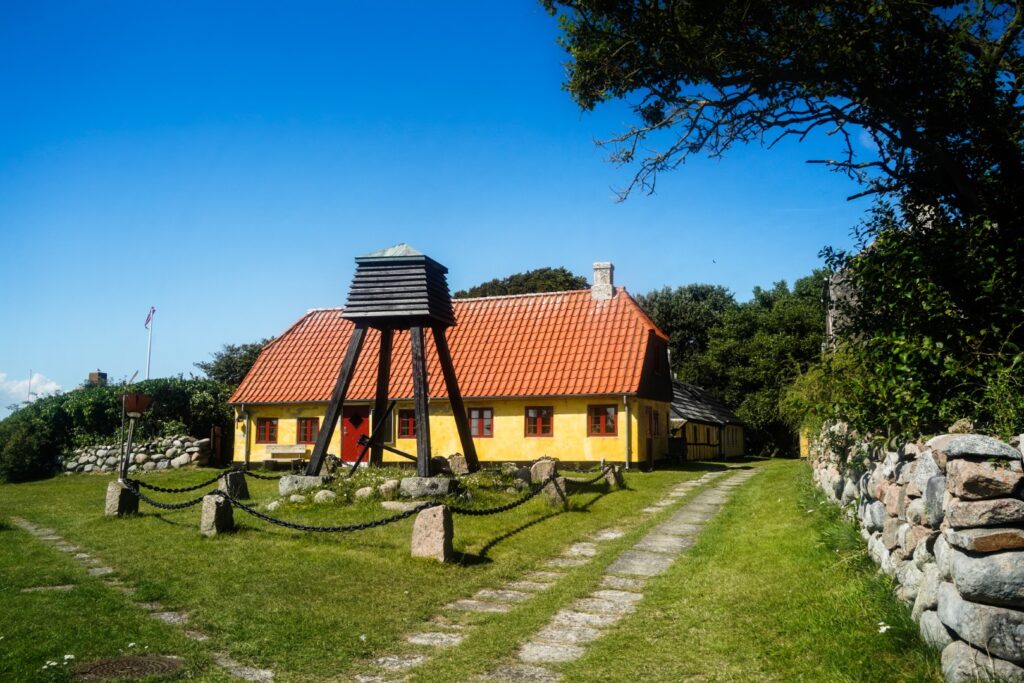
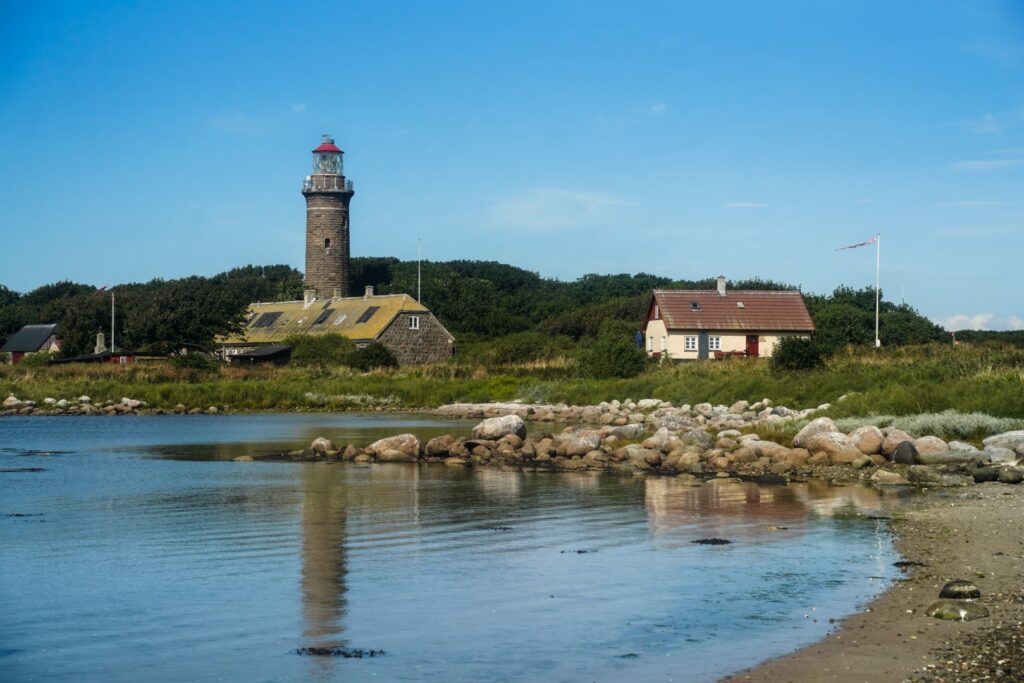
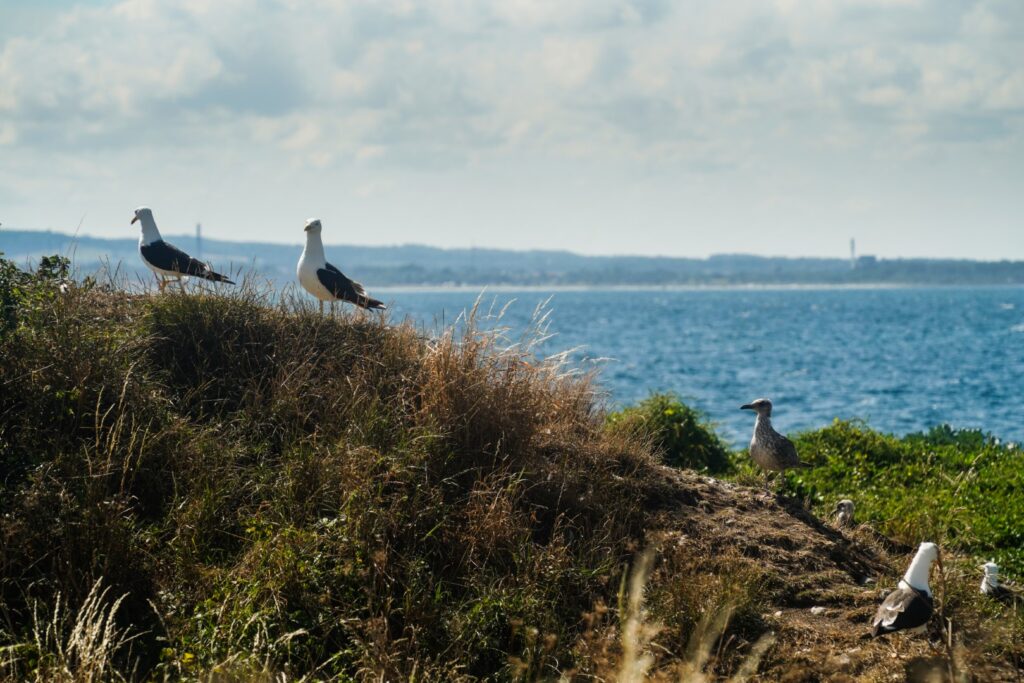
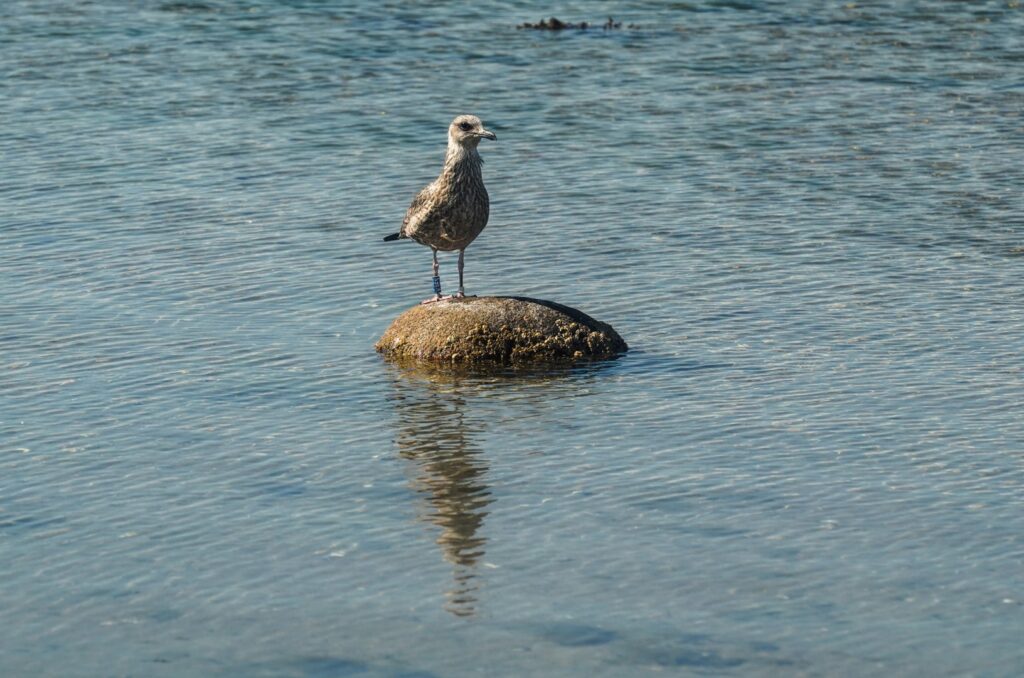
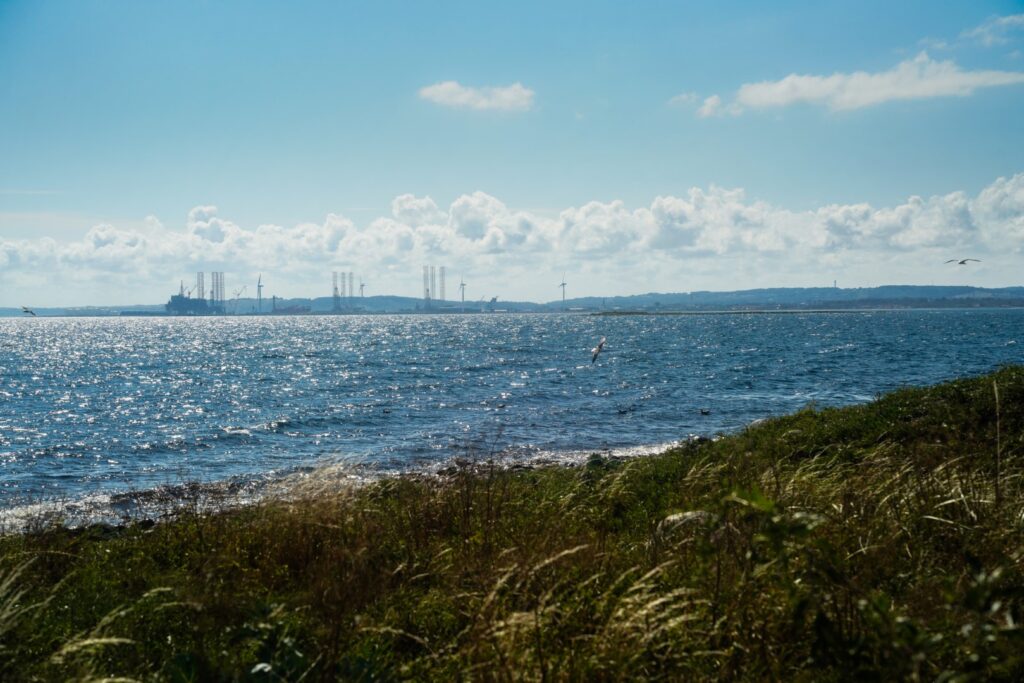
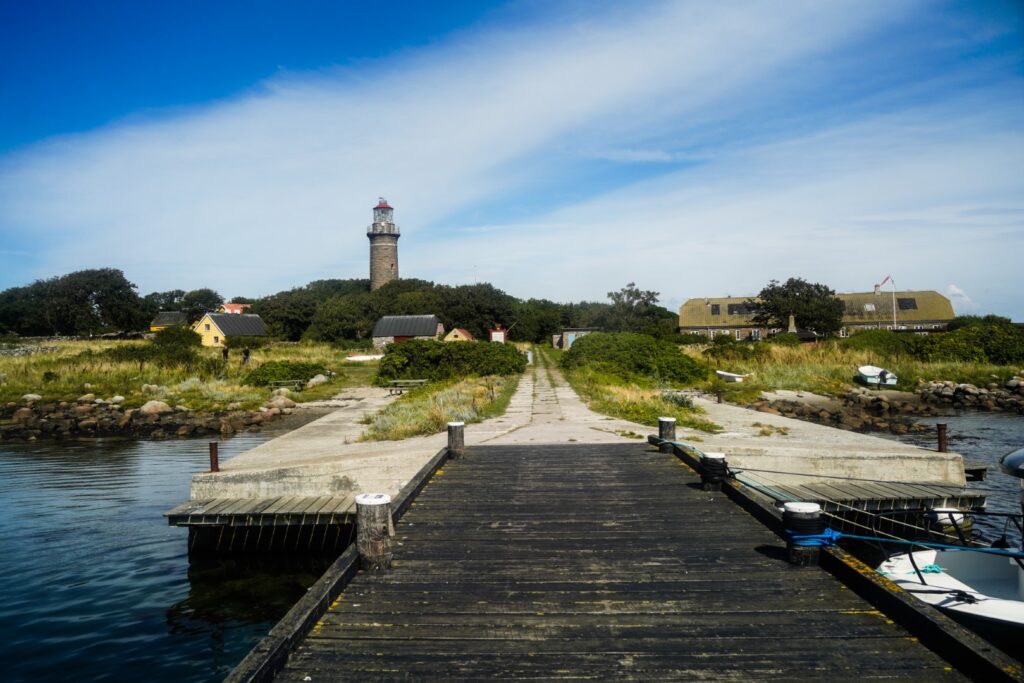
Our visit to Hirsholm began in Frederikshavn on a bright summer morning, where we boarded a tiny post boat – the same one that has connected Hirsholm to the mainland since 1872, delivering both passengers and mail. The hour-long journey was rough, with waves crashing over the bow and soaking our shoes, but we arrived safely.
We began our explorations with a climb up the lighthouse’s spiral staircase, rewarded with sweeping views of the island. Back down, we sat on a bench for a while, enjoying our lunch with a view over the town. Then it was off to the beach – my friend went for a swim, while I settled for dipping my feet in the chilly water and photographing a seal we’d spotted lounging on a rock offshore.
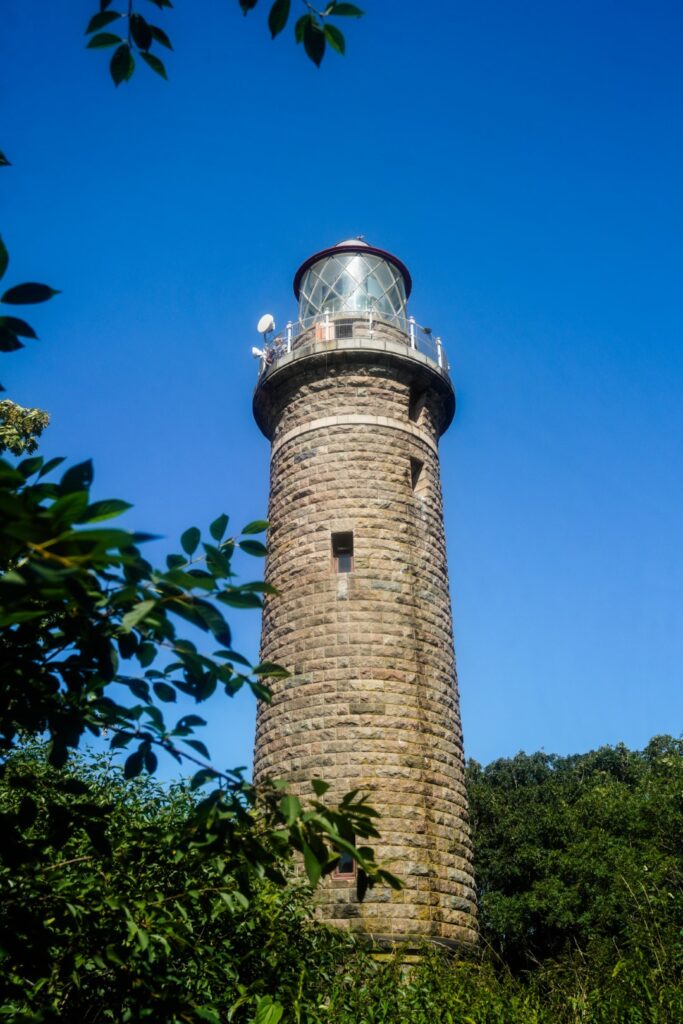
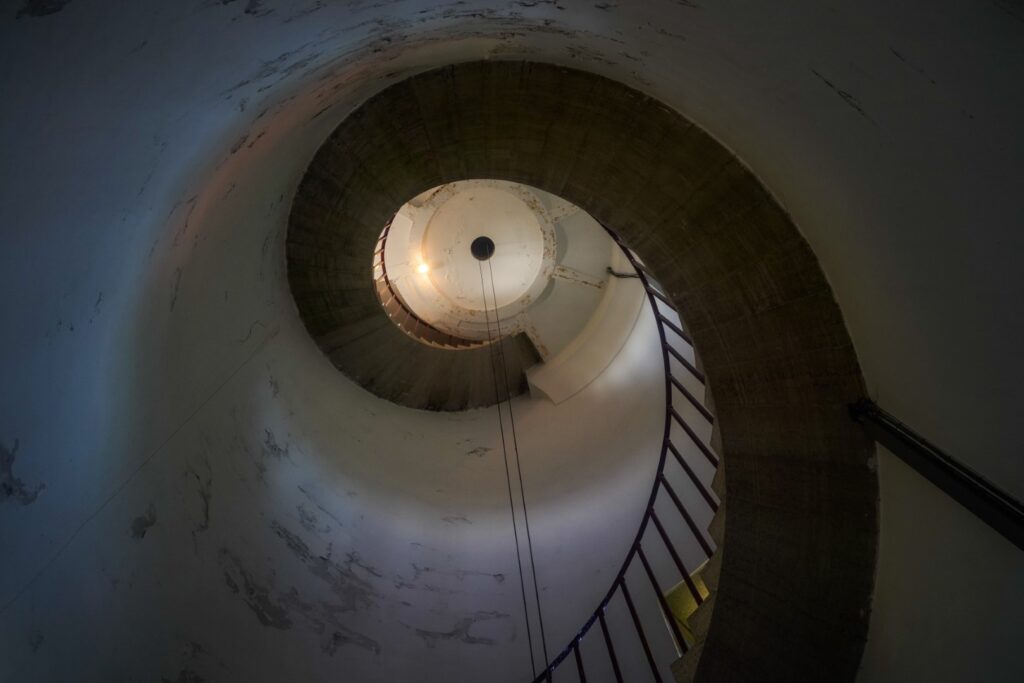
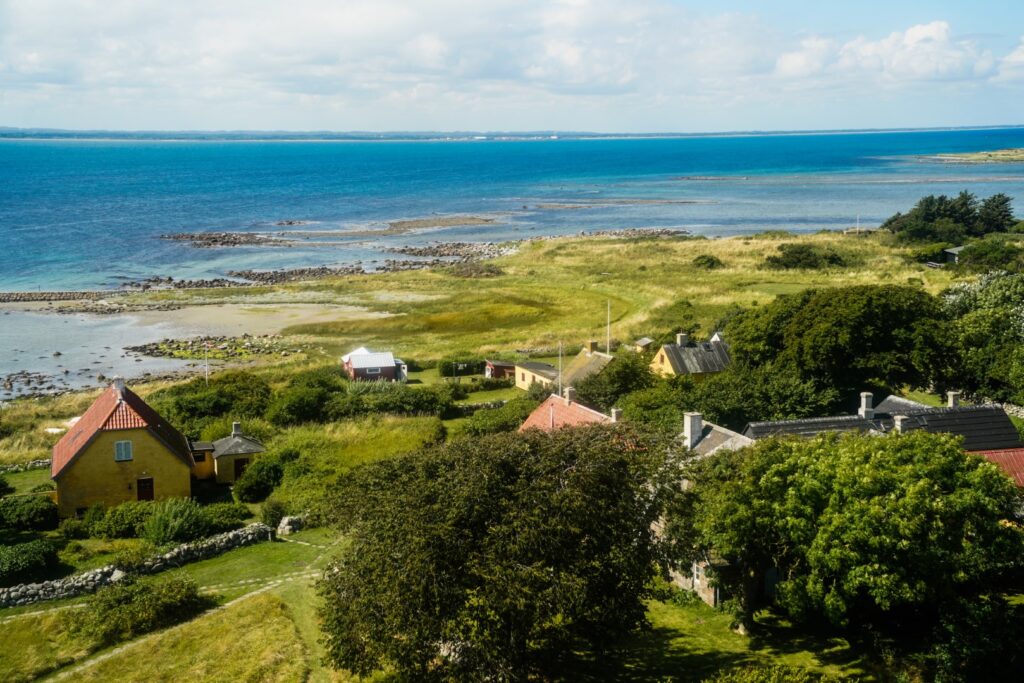
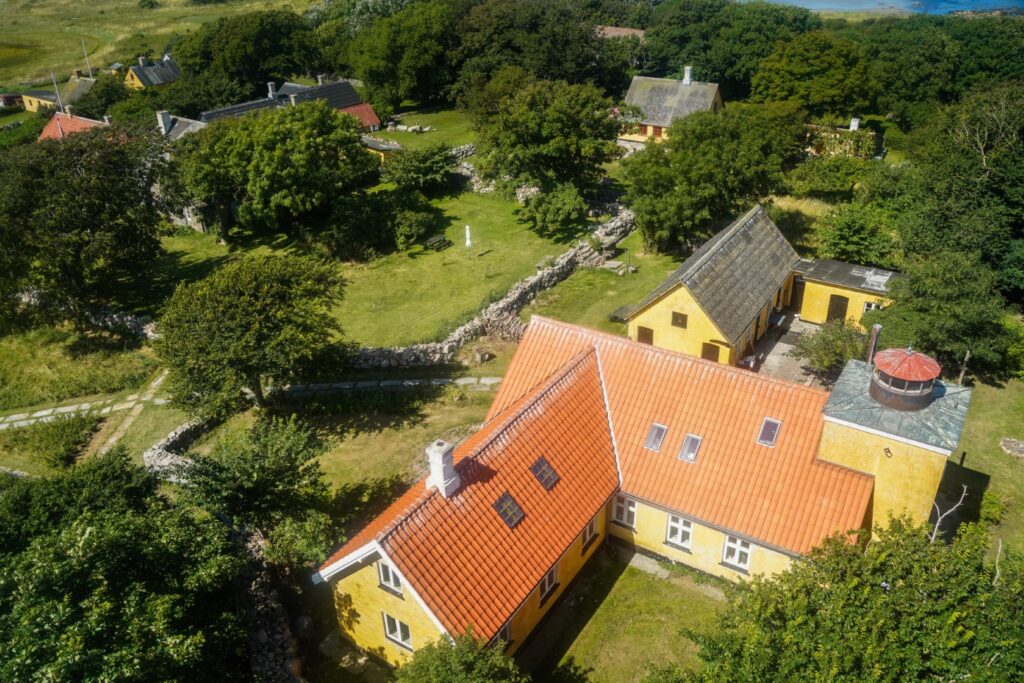


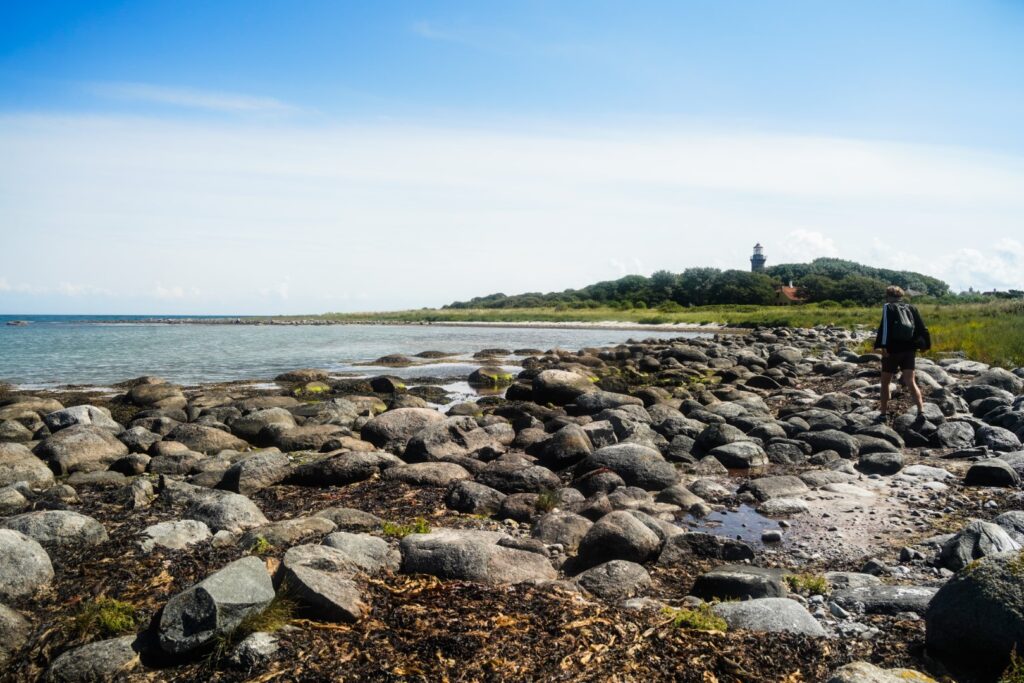
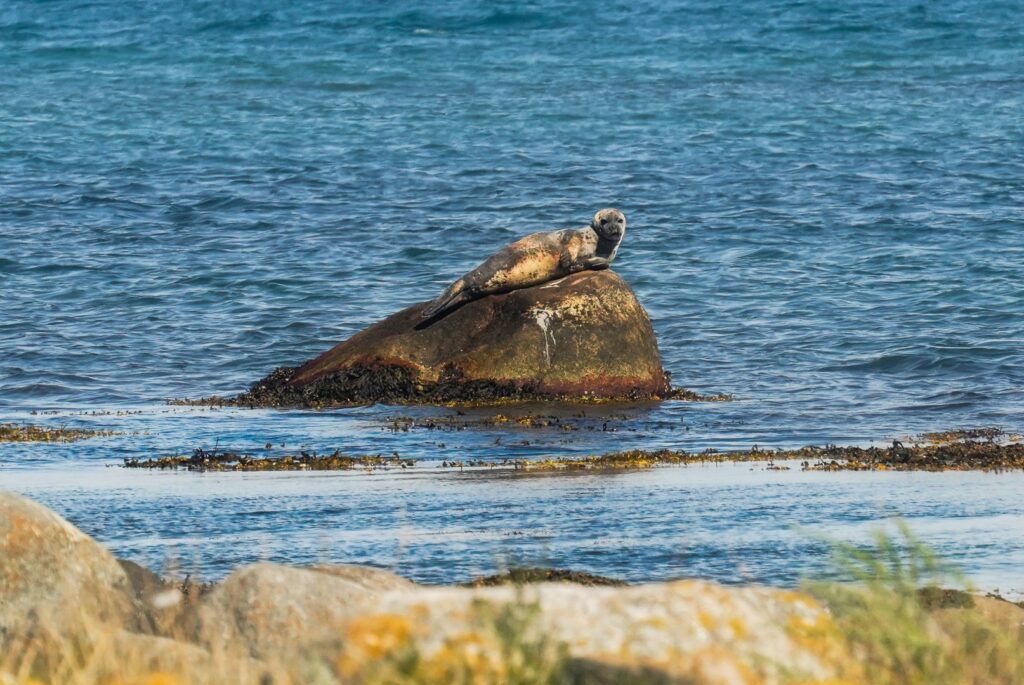
We took our time wandering through the tiny settlement, soaking in its quiet charm. It was easy to imagine how a small community once thrived here, despite the island’s remoteness. I completely understood why Jørgen chose to spend his final years on this peaceful slice of paradise. The buildings are well maintained, many now serving as summer homes, and during the warmer months, the island still buzzes with life. It didn’t feel isolated at all – but I can only imagine how harsh and lonely winters must have been.
One of the settlement’s highlights is its quaint little church, notable for its Catholic altarpiece – a rare sight in Danish churches, where Protestant interior is the norm. The church is usually closed to visitors, but we got lucky: the boat captain, who happened to have the key, offered to let us take a look inside. Of course, we said yes without hesitation!
Just beyond the church, tucked behind one of Hirsholm’s two graveyards, we came across one of the island’s two World War II bunkers. Positioned at opposite ends of the island, these weathered structures sit in silence as quiet, stoic reminders of a very different time.
Visiting Hirsholm felt like stepping into a forgotten chapter of Danish history – quiet, raw, and beautifully untouched. It’s a place where nature, history, and solitude meet, and one I won’t soon forget. If you’re looking to explore a different side of Denmark that most overlook, Hirsholm is well worth the journey.
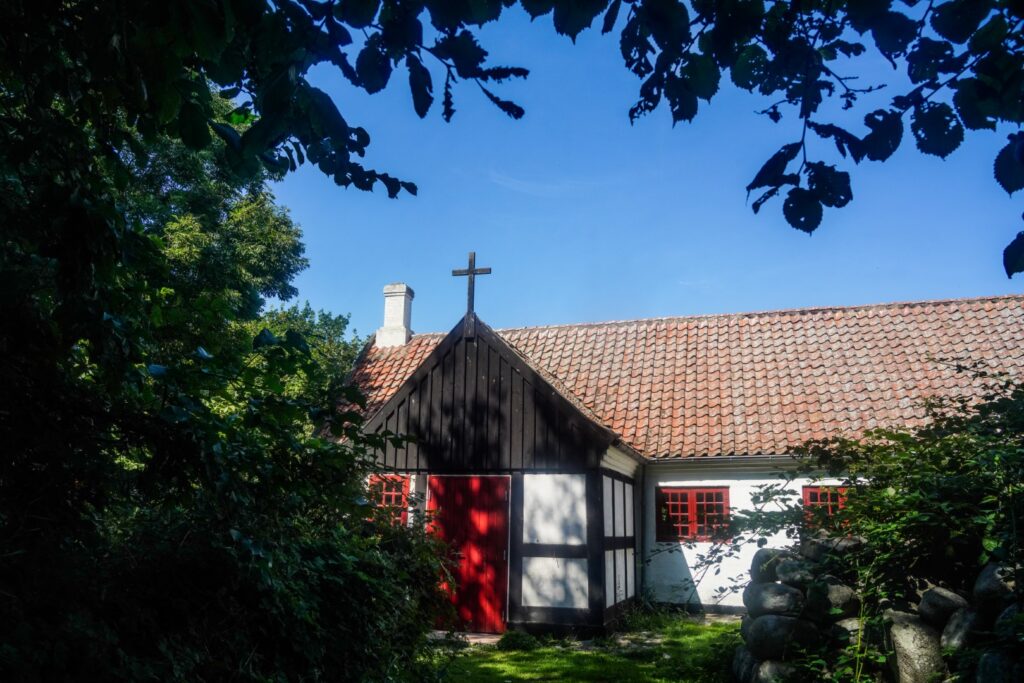
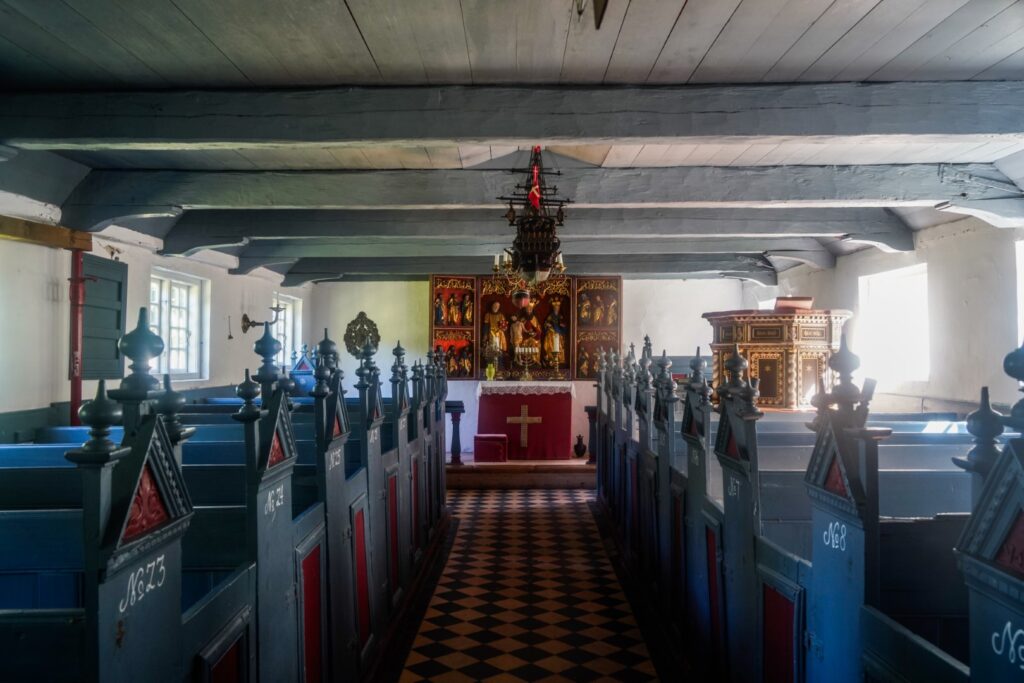

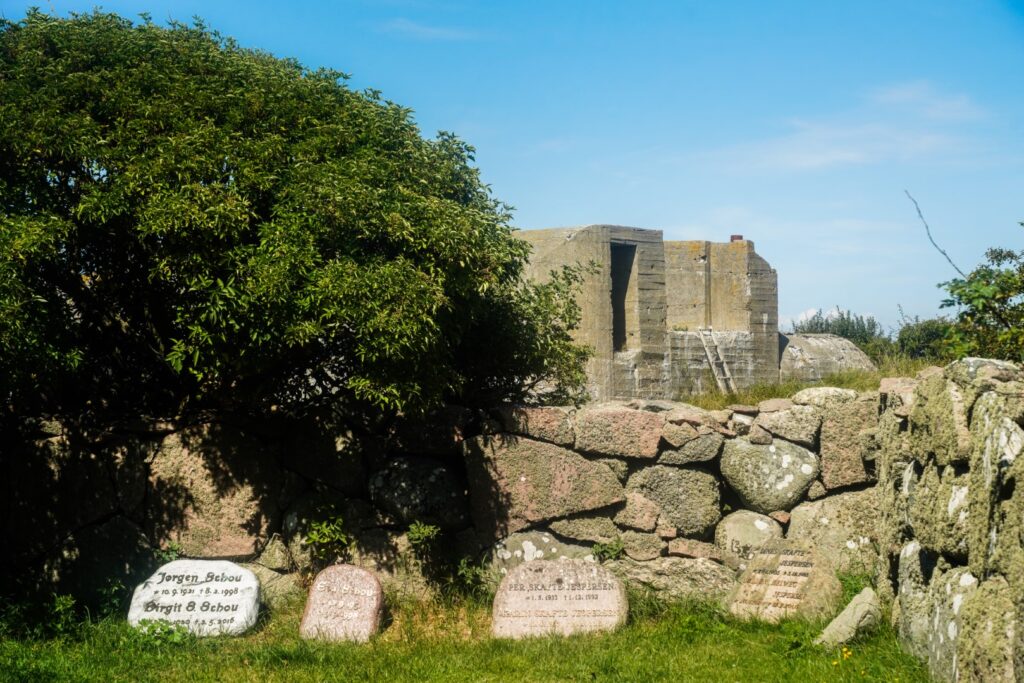
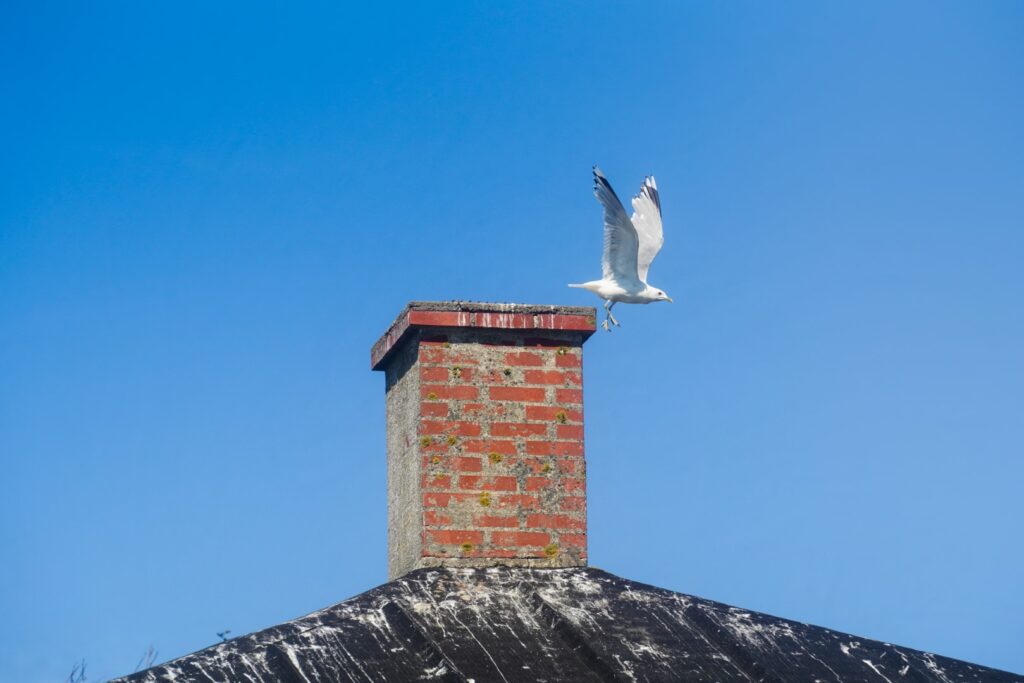

How to visit Hirsholm
You can visit Hirsholm either by private boat or via the local post boat from Frederikshavn. A return ticket costs just 140 DKK, and the trip takes about an hour each way. Book your ticket here!
On the island, you’ll find public restrooms, an information centre, and picnic tables. Camping is not allowed, but all trails are open to the public.
Leave a Comment